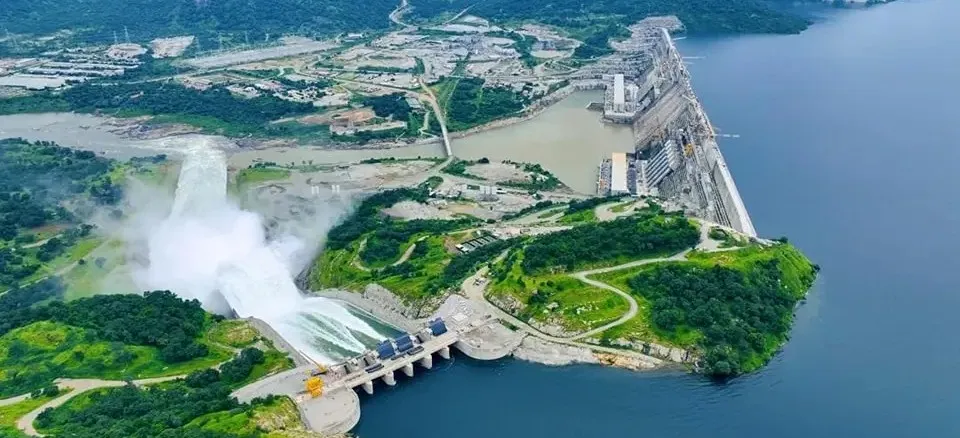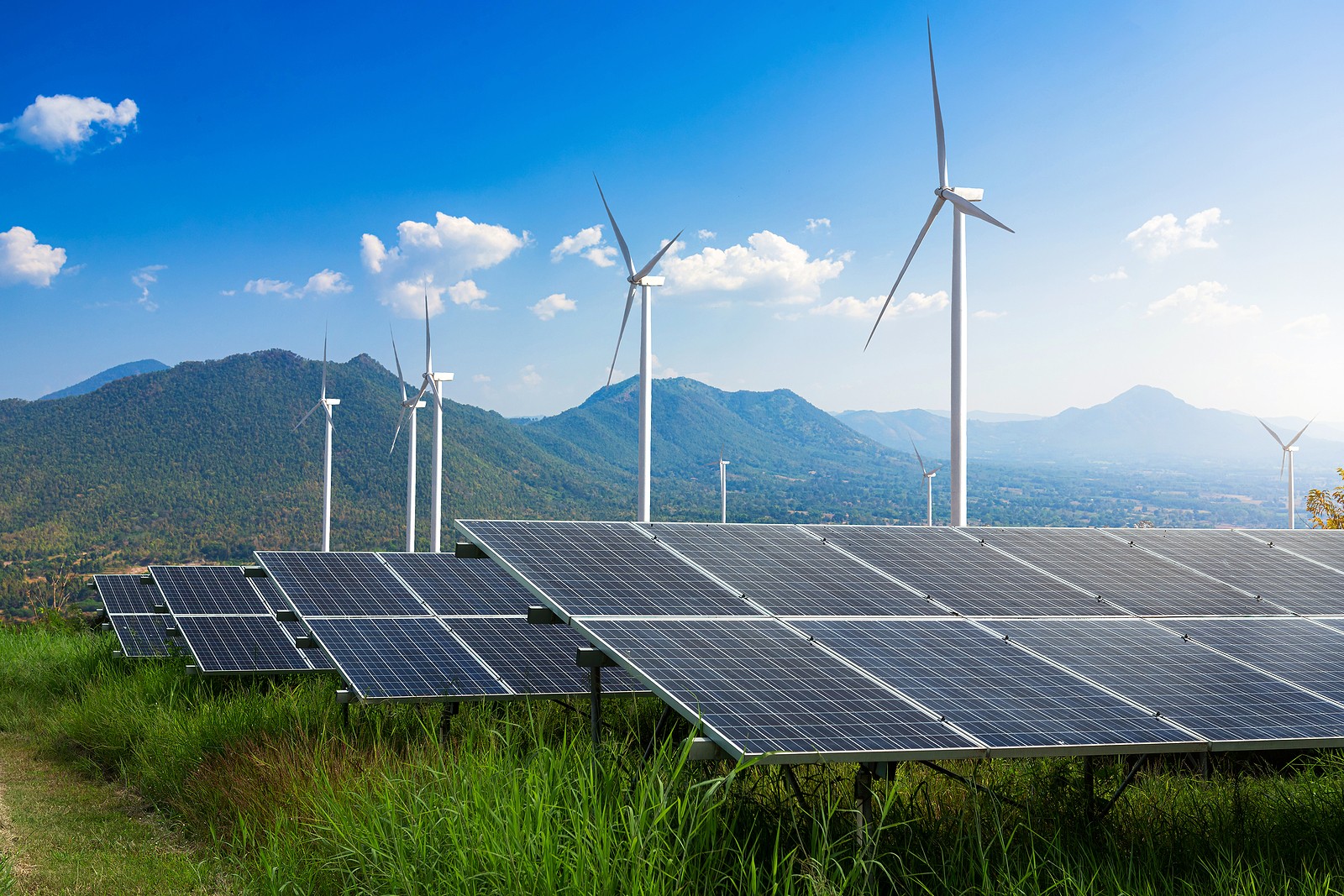Written by: Faith Jemosop
In development for Malawi’s energy sector, the government has signed a Power Purchase Agreement (PPA) for the construction of the country’s first utility-scale hydroelectric power plant in the Northern Region. This initiative marks a significant step towards diversifying the nation’s energy sources and addressing the persistent power shortages that have hindered economic growth and development.
Pioneering Hydropower in the North
The forthcoming hydroelectric power plant, known as the Fufu Hydropower Project, is set to be constructed on the South Rukuru River in the Northern Region of Malawi. With a design capacity of 261 megawatts (MW), the project is poised to be a game-changer in the country’s energy landscape. The plant is expected to generate approximately 1,128 gigawatt-hours (GWh) of electricity annually, with 705 GWh produced during peak periods .
The Fufu project is particularly noteworthy as it represents the first major hydropower development in Malawi’s Northern Region. Historically, the country’s hydropower infrastructure has been concentrated along the Shire River in the Southern Region. By expanding into the north, the government aims to enhance regional energy equity and stimulate economic activities in previously underserved areas.
Strategic Importance
Malawi’s energy sector has long been characterized by limited capacity and overreliance on hydropower from the Shire River, making it vulnerable to climatic variations such as droughts. The introduction of the Fufu Hydropower Project is a strategic move to diversify energy sources and locations, thereby enhancing the resilience and reliability of the national grid.
The project’s location in the Northern Region is expected to catalyze economic development by providing a stable power supply to industries, businesses, and households. Improved electricity access is anticipated to attract investments, create jobs, and improve the quality of life for residents in the region.
Technical Specifications and Environmental Considerations
The Fufu Hydropower Project is designed with a maximum gross head of 414.3 meters and a reservoir storage capacity of 138 million cubic meters. The high-head design is advantageous for efficient energy generation and minimizes the environmental footprint compared to low-head alternatives.
Also read: Solar Power Is Saving the Rich and Stranding the Poor in South Africa
Environmental sustainability is a core component of the project’s planning and execution. Comprehensive Environmental and Social Impact Assessments (ESIAs) are being conducted to ensure that the project adheres to national and international environmental standards. Mitigation measures are being developed to address potential impacts on local ecosystems and communities.
Investment and Public-Private Partnership Model
The Fufu Hydropower Project is estimated to cost approximately USD 702 million. The project is being implemented through a Public-Private Partnership (PPP) model, which combines public oversight with private sector efficiency and capital. This approach is expected to expedite project completion and ensure sustainable operation and maintenance.
The PPP model also facilitates risk-sharing between the government and private investors, making the project more attractive to international financiers. The involvement of reputable private entities is anticipated to bring in technical expertise and innovative solutions, further enhancing the project’s success prospects.
Complementary Energy Initiatives and Future Outlook
The Fufu Hydropower Project complements other energy initiatives in Malawi aimed at increasing generation capacity and diversifying energy sources. Notably, the Mpatamanga Hydropower Project, a 350 MW facility on the Shire River, is under development through a consortium including Électricité de France (EDF), Scatec ASA, and the International Finance Corporation (IFC) .
Also read: How Solar Power is Transforming an Ethiopian Schools And Communities
Malawi is investing in solar energy projects, such as the Nkhotakota Solar Power Station, which is expanding its capacity to 38 MW . These initiatives reflect the government’s commitment to a diversified and sustainable energy mix, reducing dependence on a single source or region.
Looking ahead, the successful implementation of the Fufu Hydropower Project is expected to serve as a model for future energy projects in Malawi and the broader region. It demonstrates the viability of harnessing renewable energy resources through strategic partnerships and sound planning.















